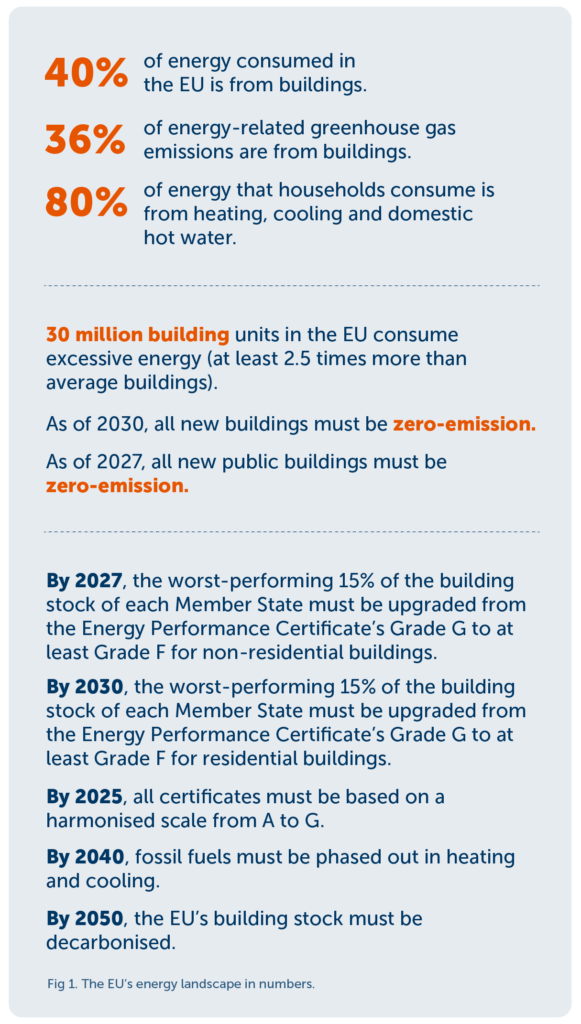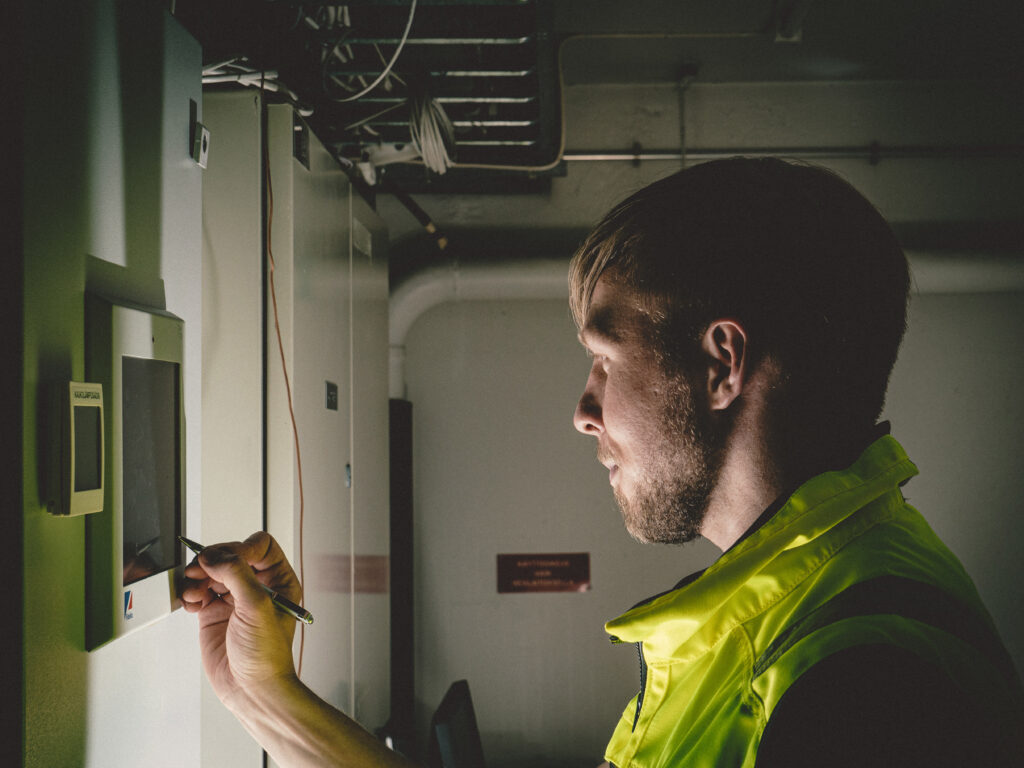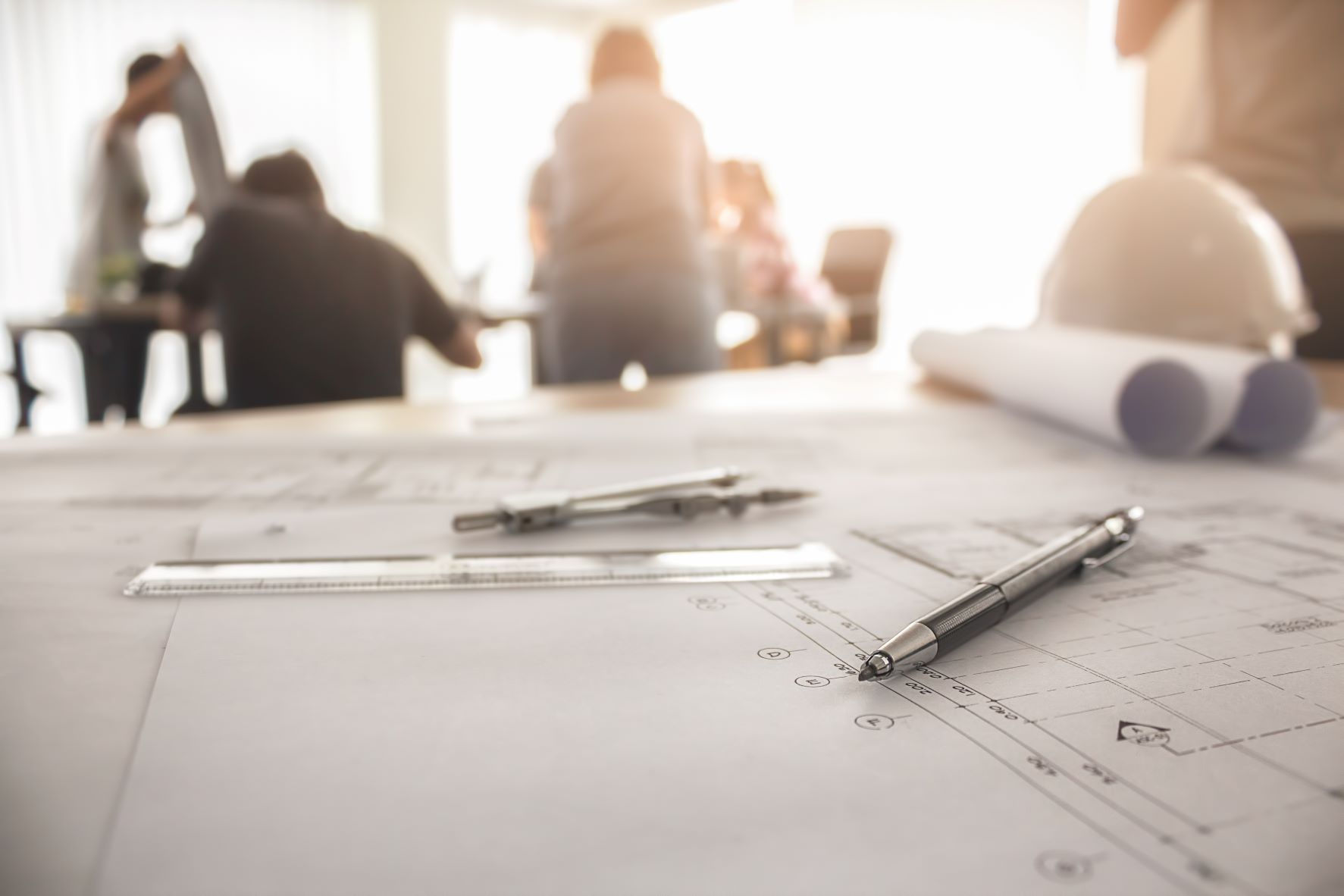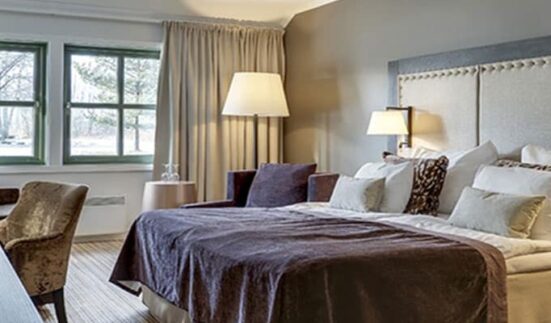Retrofitting: enhance building performance and sustainability with Fidelix
What is retrofitting?
Owing to the increasing demand for energy efficient buildings, retrofitting has gained attention in recent years. Retrofitting is the process of updating the controllers, I/O models, and human user interface panels in an existing building to improve its functionality, energy efficiency, safety, or sustainability. The goal is to enhance the performance of an older system or structure by incorporating modern technologies, materials, and design strategies.

Retrofitting offers a cost-effective way to improve the functionality and sustainability of buildings or systems without the need for a complete overhaul. It enables you to address specific issues such as outdated equipment, energy inefficiency, or safety concerns, and this can result in significant cost savings, increased productivity, and a healthier living or working environment.
The retrofitting process can vary depending on the type of system or building being modified. For example, retrofitting a heating, ventilation, and air conditioning (HVAC) system might involve replacing outdated components, upgrading controls, or adding new sensors to enhance energy efficiency. Retrofitting a building might include installing insulation, upgrading windows and doors, or adding renewable energy sources such as solar panels.
What are the benefits of retrofitting?
Retrofitting offers a range of benefits. Firstly, it can lead to significant cost savings by reducing energy consumption, maintenance costs, and extending the lifespan of existing systems. By upgrading outdated equipment and integrating smart building technologies, buildings can become more efficient and sustainable, leading to lower energy bills and reduced environmental impact.
The US Department of Energy, for example, promotes retrofitting for existing HVAC systems and offers a list of successful projects in the US that have led to significant energy cost savings. According to one study, LED retrofits can achieve 30% energy savings, while implementing advanced lighting controls offers an additional 44% energy savings with a payback of less than five years.
Retrofitting also enables building owners to improve the overall comfort and functionality of their spaces. By upgrading lighting, HVAC systems, and building automation, building owners can improve the indoor environment and enhance the overall occupant experience. This can lead to increased tenant satisfaction and retention, as well as improved productivity and wellbeing for occupants.
For system integrators, retrofitting presents an opportunity to add value to existing systems and provide innovative solutions to clients. By leveraging new technologies and integrating systems, system integrators can enhance the functionality and efficiency of buildings, creating more opportunities for ongoing service and support.
What does Fidelix offer?
Fidelix offers a wide range of retrofitting solutions to help optimise building systems. One of our primary offerings is our FDX platform, which consists of modular hardware and software components that can be integrated into existing building systems to improve energy efficiency and building automation.
We also provide customised retrofit solutions to meet specific customer needs. This includes the design and implementation of building automation systems, HVAC systems, and lighting systems. Our experienced team works closely with customers to identify areas of improvement and provide tailored solutions that maximise efficiency and reduce energy consumption.
As well as the solutions themselves, we also offer ongoing support and maintenance services to ensure that building systems continue to operate at peak performance. This includes remote monitoring and troubleshooting, regular system maintenance, and software updates.


What does a Fidelix retrofit look like?
A Fidelix retrofit involves a comprehensive approach that considers existing building infrastructure, as well as the goals of the building owner or operator. The process involves several steps tailored to meet the unique needs of each building.
First, our experts will conduct a thorough evaluation of a building’s systems, including HVAC, lighting, and other critical components. This evaluation will identify areas where upgrades or modifications can be made to improve efficiency, reduce energy consumption, and lower costs.
Next, our team will work with the building owner or operator to develop a customised retrofit plan that prioritises upgrades based on cost, energy savings potential, and other factors. This plan may involve the installation of new components, as well as modifications to existing systems.
During the retrofit installation process, we work closely with building teams to ensure that all components are installed correctly and integrated seamlessly with existing systems. This includes testing and commissioning of the new components, as well as training for building operators and maintenance staff.
Finally, we provide ongoing support and maintenance services to ensure that the retrofit continues to operate effectively over time. This may include remote monitoring of systems, as well as onsite maintenance and repair services as needed.

Do you have a need to modify an older building automation system? Want to book a consultation with our expert?

